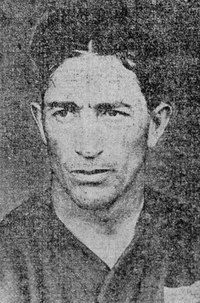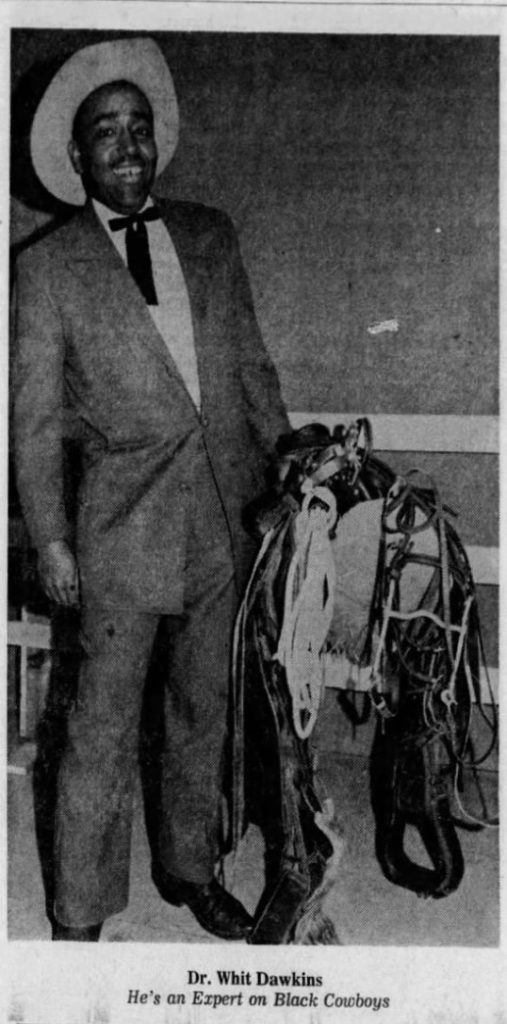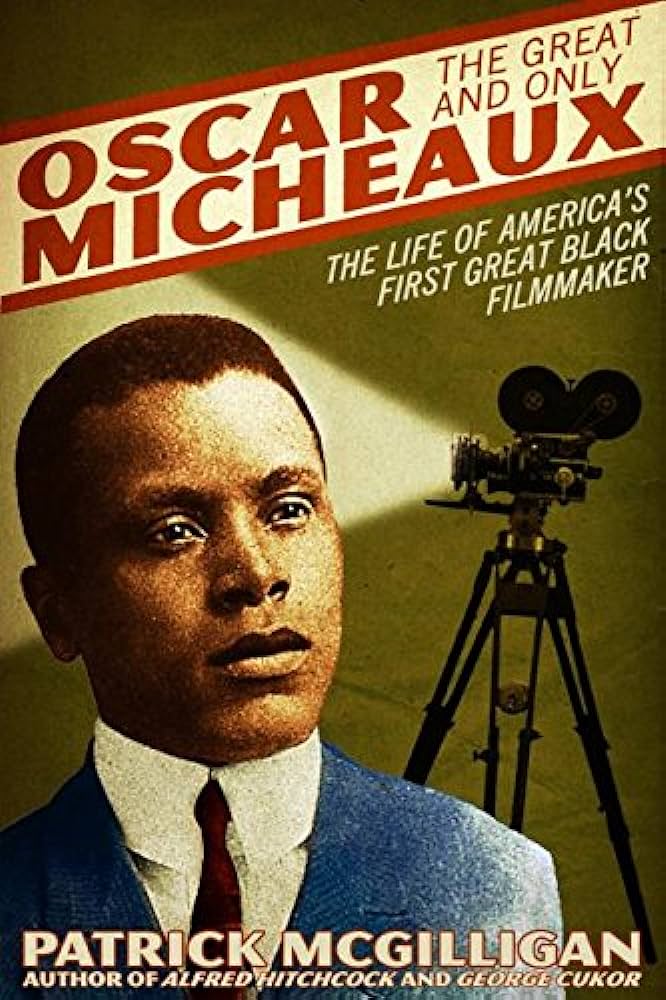Mission Statement
Lisa Rohde Olympian
With the Olympics coming this month, I was glad to find an Olympic Medalist from Dakota County, Nebraska. Lisa Rohde earned a silver medal in rowing in the 1984, Los Angeles Olympics.
Lisa was born in Wakefield, Nebraska in 1955. She was raised in rural Hubbard and attended Emerson-Hubbard school. She was a three sport athlete playing basketball, volleyball, and rowing for the University of Nebraska. This was during early days of Title 9, when the female athletes played their games in the physical education facility. She finished her undergraduate education at the University Pennsylvania, in Philadelphia.
She rowed in the eights for the United States in 1977 in the World Games. For those of us that who are not rowing experts, rowing in the eights is, eight in a racing shell that seats eight rowers in a line facing the stern of the boat, with four on each side. Then in 1981, she rowed the quad skulls. That is a four-person team in a shell. It was with this team that she won her silver medal for the United States.
After her career as an athlete, she attended medical school at the University of North Carolina-Chapel Hill, graduating in 1992. Lisa serves as physician in internal medicine at Presbyterian Hospital in Charlotte, North Carolina. She has been with this hospital for over 30 years.
This information was collected and confirmed by the following resources.
900 FAMOUS NEBRASKANS: Nationally Distinguished Nebraskans: A Brief BioBibliography of 900 Individuals; Copyright © 2015 by E. A. Kral , p. 251.
Olympedia https://www.olympedia.org/athletes/40503
Olympics.com https://olympics.com/en/athletes/lisa-diane-rohde
Meet Private John H. Bridenbaugh
John H. Bridenbaugh was born on September 30th, 1820, in Petersburg, Pennsylvania. He joined in the Union cause in the Civil War in 1864. He was enlisted in February 20th, 1864 and he was discharged on August 29th, 1865. He served in the 55th Pennsylvania Infantry, Company F. After the war he moved his family to Omadi, Nebraska. His father was Philip Bridenbaugh. His Mother was Mary Bridenbaugh. He married Rosannah Barbary Bridenbaugh. His children were: Almira Bridenbaugh, Samuel Aughey Bridenbaugh, Ulysses Grant Bridenbaugh, Mary Ann Fair, Solomon K Bridenbaugh, Jacob William Bridenbaugh, Phillip Wertz Bridenbaugh, Zachary T Bridenbaugh, Sarah B Bridenbaugh, John Suman Bridenbaugh, and Benjamin Nittirar Bridenbaugh. John was a farmer by trade. He became postmaster of the Lodi Dakota Post Office on April 27th, 1874. He applied for his Civil War Pension in 1880.
John H. Bridenbaugh died on December 25th, 1896. He is buried in the Dakota City Cemetery.
While in service he was in the UNION PENNSYLVANIA VOLUNTEERS. 55th Regiment, Pennsylvania Infantry. The following is the history of the regiment during the Civil War.
OVERVIEW: Organized at Harrisburg November, 1861. Left Camp Curtin for Fortress Monroe, Va., November 22. Attached to Sherman’s South Carolina Expedition to February 1862. Edisto Island, S. C., Dept. of the South, to July, 1862. District of Beaufort, S. C., Dept. South, to September. 1862. District Beaufort, S. C., 10th Army Corps, Dept. South, to April, 1864. 1st Brigade, 3rd Division, 10th Army Corps, Dept. of Virginia and North Carolina, to May, 1864. 1st Brigade, 2nd Division, 18th Army Corps, Dept. of Virginia and North Carolina, to December, 1864. 4th Brigade, 1st Division, 24th Army Corps, Dept. of Virginia, to May, 1865. 2nd Brigade, 1st Division, 24th Army Corps, Dept. Virginia, to August, 1865.
At Fortress Monroe, Va., till December 8, 1861. Moved to Port Royal, S. C., December 8, and duty near Hilton Head, S. C., till February 25, 1862. Duty at Edisto Island, S. C., till October. Companies “E,” “F” and “G” attacked on Little Edisto March 29. Edisto Island April 18 (Detachment). Expedition up Broad River to Pocotaligo October 21-23. Caston’s and Frampton’s Plantations, Pocotaligo, October 22. Duty at Port Royal Ferry near Beaufort, S. C., till January, 1864. Regiment re-enlisted Januaty 1, and on furlough January 22-March 23. Embarked for Virginia April 12. Butler’s operations on south side of the James and against Petersburg and Richmond May 5-28. Swift Creek or Arrowfield Church May 9-10. Operations against Fort Darling May 12-16. Battle of Drewry’s Bluff May 14-16. Operations on the Bermuda Hundred front May 17-28. Moved to White House, thence to Cold Harbor May 28-June 1. Battle of Cold Harbor June 1-12. Before Petersburg June 15-18. Siege operations against Petersburg and Richmond June 16, 1864, to April 2, 1865. Mine Explosion, Petersburg, July 30, 1864 (Support). Battle of Chaffin’s Farm, New Market Heights, north of James River September 28-30. Duty in trenches before Richmond till March, 1865. Signal Hill December 10, 1864. Appomattox Campaign March 26-April 9. Hatcher’s and Gravelly Runs March 29-30. Capture of Forts Gregg and Baldwin and fall of Petersburg April 2. Pursuit of Lee April 3-9. Rice’s Station April 6. Appomattox C. H. April 9. Surrender of Lee and his army. At Appomattox C. H. till April 17, and at Richmond till July. Duty in Virginia till August. Mustered out at Petersburg, Va., August 30, 1865.
Regiment lost while in service 7 Officers and 201 Enlisted men killed and mortally wounded and 3 Officers and 268 Enlisted men by disease. Total 479.
Drawn from The Civil War Battle Unit Details. https://www.nps.gov/civilwar/search-battle-units-detail.htm?battleUnitCode=UPA0055RI
Now Pitching from Homer, Nebraska, Irv Higginbotham
Irving Clinton Higginbotham (1882–1959), was a professional baseball player who played pitcher in the Major Leagues from 1906 to 1909. He would play for the St. Louis Cardinals and Chicago Cubs. He played from August 11th, 1906 and nine years in the minor leagues. He had an accumulated record of 10 wins and 14 losses, as a major league pitcher.
These statistics and only three years in the majors sounds like a something less than notable. But in the early days of professional baseball, an average player could make a better living in the minor leagues than in the major leagues. In 1913, he pitched a no hit, no run game, striking out 13, and only allowed 2 men to get on first base for the Portland Beavers in the Pacific Coast League.
Higginbotham was born on April 26th, 1882, some say 1881 in Blyburg, Nebraska, ghost town near Homer, Nebraska. When he moved to the city, he told everyone that he was from Omaha, because people would know where he was from.
After his playing days, he made his way to the state of Washington. He registered for the draft in Kirkland, Washington. He spent much of his life as a professional painter, joining the local painter’s union.
Information gleaned from:
Baseball Reference https://www.baseball-reference.com/players/h/higgiir01.shtml
Military • United States World War II Draft Registration Cards, 1942. https://www.familysearch.org/ark:/61903/1:1:QVJT-FRZ1
Obituary for Irv Higginbotham https://web.archive.org/web/20160304205942/http://thedeadballera.com/Obits/Obits_H/Higginbotham.Irv.Obit.html
Meet Frank Ayers
Francis Henry Ayers lived in Dakota City, in 1900 and was buried in in the Dakota City Cemetery. He was born 1832 and died in 1907. Here’s a little look at his life.
Frank, his friends called him that, was born when Andrew Jackson was president. He was born in Charles, Missouri1, presumably St. Charles. His father was born in Connecticut and moved west to Missouri, where he met Frank’s mother2.
As a young man, he eventually moved to Fort Madison, Iowa. Where he enlisted in the Grand Army of the Republic, on November 16, 1861. He mustered in as a Private in Company G of the 4th Iowa Cavalry3.
Ayres was sent home on sick furlough June 14, 1862, discharge recommended. He was discharged July 16, 1862 in St. Louis for disability4.
He applied for his pension on Jan 7, 1876. His application is #212519, and his certificate #190234. After his death, his wife applied for her widow’s pension on Jan 19, 1907. Her application is #86139, and her certificate #6324655.
He married Harriet Elder in 1863. He was known to work as a tinsmith. According to the 1900 census it was recorded that he could read, write, and speak English. He owns his own home. It is a home and not a farm. Those residing in the house are Francis Ayres age 68 head of house. His wife is Harriett A. Ayres age 56. James W Elder a brother-in-law is 58. George Ayres age 2 is a grandson. (from the 1900 census)7.
He died on January 5th, 1907. He lived a low key life, but a life of service to his country.
1Ancestry.com. U.S., Find a Grave® Index, 1600s-Current [database on-line]. Lehi, UT, USA: Ancestry.com Operations, Inc., 2012.
2Year: 1900; Census Place: Dakota, Dakota, Nebraska; Roll: 920; Page: 2; Enumeration District: 0068.
3Ancestry.com. U.S., Find a Grave® Index, 1600s-Current [database on-line]. Lehi, UT, USA: Ancestry.com Operations, Inc., 2012.Historical Data Systems, Inc.; Duxbury, MA 02331; American Civil War Research Database
4Ibid.
5Ancestry.com. Nebraska, U.S., Grand Army of the Republic, Burial Records, 1861-1948 [database on-line]. Lehi, UT, USA: Ancestry.com Operations, Inc., 2021.
6Year: 1900; Census Place: Dakota, Dakota, Nebraska; Roll: 920; Page: 2; Enumeration District: 0068.
Patricia Barber, Jazz Vocalist with Local Links
Patricia Barber was born in Chicago, in November 1955. Her parents were both musicians. Her father was part of the Glenn Miller Orchestra, traveling across the Midwest. Part of this travel brought the Barber family to the Sioux City area. South Sioux City in particular.
Patricia’s mother wanted her daughter to become a music teacher, but in the end Patricia went to the University of Iowa to study Jazz. She went from the University to jazz clubs in the Chicago area. In 2003, she won a Guggenheim fellowship, which allowed her to complete a song cycle based on Ovid’s Metamorphoses.
The library has several of her works in our music collection.
Mythologies is a 2006 Blue Note release, available on Hoopla.
The Cole Porter Mix is a 2008 release on Blue Note recording, available on Hoopla.
Smash is a 2013 release from Concord Records, available on Hoopla.
Finally, you can sample Barker’s music in Blue Note’s Women of Jazz, a 2017 release.
Happy listening!
Written By: Dan Nieman
Whit Dawkins Highlights the Role of the Black Cowboy
In late July, 1967 Lyndon Johnson was President of the United States. The Vietnam War was ongoing. The Hippie Movement was at its peak. The fight for the civil rights for African-Americans and all Americans was sparking other rights movements. Pop culture reflected the changes taking place in this country. Light My Fire, by The Doors, and All You Need is Love, by the Beatles were topping the music charts. The Graduate was popular in the movies theatres…
And Dr. Whit Dawkins rode his sorrel horse across the state of Nebraska via highway 20 to highlight the history of the black cowboy.
Dr. Dawkins was a doctor, working for the USDA inspector of animals coming into the area meat packing houses in the Sioux City Metro.
This journey was part of celebrating the Nebraska Centennial. Towns along highway 20 came out to celebrate the historic ride. The Bassett, Nebraska Chamber of Commerce threw a steak dinner for the rider. Ainsworth and O’Neill bestowed honorary citizenship on Dawkins. The Governor and thirty mayors signed a document recognizing the work of the veterinarian.
Black cowboys were a major part, but mostly overlooked group in American history. Many former slaves were attracted to the work of the cowboy. After the reconstruction period they were not allowed to own land, so this was a viable career since they were familiar with working horses and cattle. On the drive itself, the black and white cowboys were treated as equals. But when the cowboys came into town, they often met with the burgeoning Jim Crow laws in the cattle towns.
Black women found work with the cowboys as well, though we do no have statistics, because their pay went to a household instead of to an individual woman. It was not expected that a black woman would inherit a homestead, because white men were not believed to be willing to take orders from a black woman.
Dr. Whit Dawkins was born in Terra Haute, Indiana in 1924. He passed away on April, 12, 1991 and is buried in Dakota City Cemetery.
Written By: Dan Nieman
From South Sioux City to the Harlem Renaissance
Who was Doctor, Tom Stewart? This was the question posed by the biographer, Patrick McGilligan, when he contacted the reference desk of the library.
Patrick McGilligan is a biographer, who focused on members of the entertainment community. At the time, the library had a copy of his biography of Jack Nicholson, Jack’s Life. He was doing research on author and movie director Oscar Micheaux.
Micheaux was an African American, born in Metropolis, Illinois. He moved to Chicago at age 17th. He took many jobs, but concentrated on writing and later turning his books into movies. He moved to western South Dakota, where he worked as a rancher. Eventually, his success brought him to Harlem, during what was called the Harlem Renaissance.
His path took him to Sioux City’s West 7th street, where he set up a book publishing and movie making company. This is where McGilligan crossed paths with the South Sioux City Public Library. McGilligan found that a name that was on Micheaux’s publishing company lived in South Sioux City, Doctor Thomas Stewart.
We were able to find some information on Stewart’s family, enough so he could make a contact and fill in some information about Doctor, Tom Stewart.
Stewart was a large animal veterinarian, who worked with the USDA inspecting cattle in the meat packing plants in Sioux City. It turned out that Stewart was an active supporter of African-American causes, including the work of Micheaux’s publishing company.
This is South Sioux City’s link with the Harlem Renaissance, a large animal veterinarian, who supported the work of the first and greatest African-American movie director of the first half of the 20th century.
By Dan Nieman
Claude M. Bolton Jr., “If I Can Do It, You Can Do It”

The Honorable Claude M. Bolton Jr. grew up in South Sioux City, Nebraska to becoming a Major General in the United States Army. He spent forty years in public service, starting in his enrollment in Air Force ROTC at the University of Nebraska, where he earned his degree in electrical engineering. During the Vietnam War he flew, 232 combat missions. In 1977 he attended the Air Force Test Pilot School. “He was the first program manager for the Advanced Tactical Fighter Technologies Program, which evolved into the F-22 Raptor System Program Office.”(Sioux City Journal, August 17th, 2016).
Following his distinguished military career, Maj. Gen. Bolton was nominated by President George W. Bush to be the Assistant Secretary of the Army for Acquisition, Logistics and Technology (ASA(ALT)) and
served in that position from Jan. 2, 2002, to Jan. 2, 2008. (Sioux City Journal, August 17, 2016). During those years, anything the military wore, ate, or used during those years was purchased by Bolton.
In 2005, he came back to speak with South Sioux City students. “Each and every one of you can do the same thing, I don’t consider myself any different from you all. If I can do it, you can do it.” (Sioux City Journal, Jenny Welp Journal staff writer Apr 1, 2005). If I can do it, you can do it. That’s a big challenge in a very few words.





























